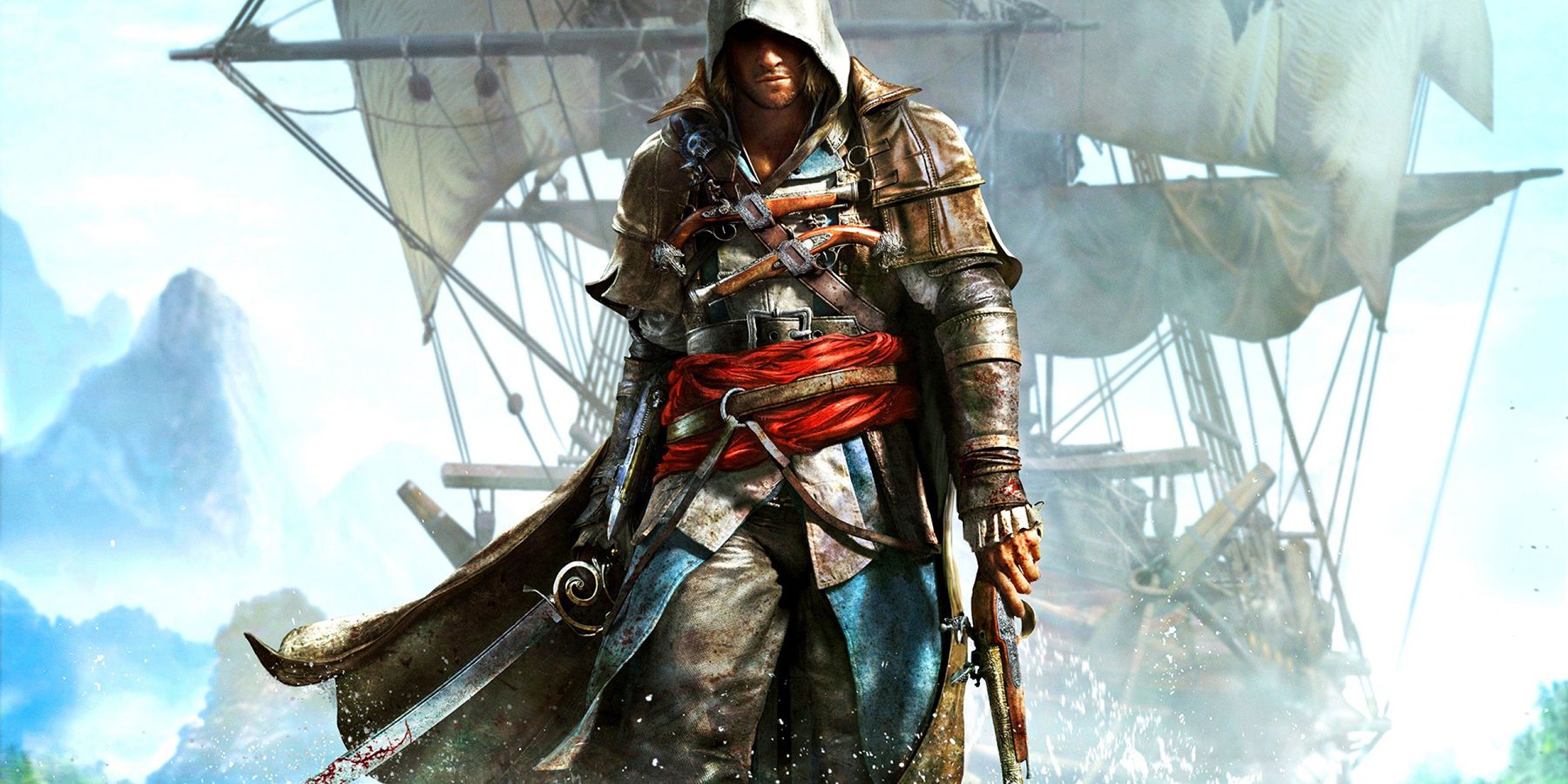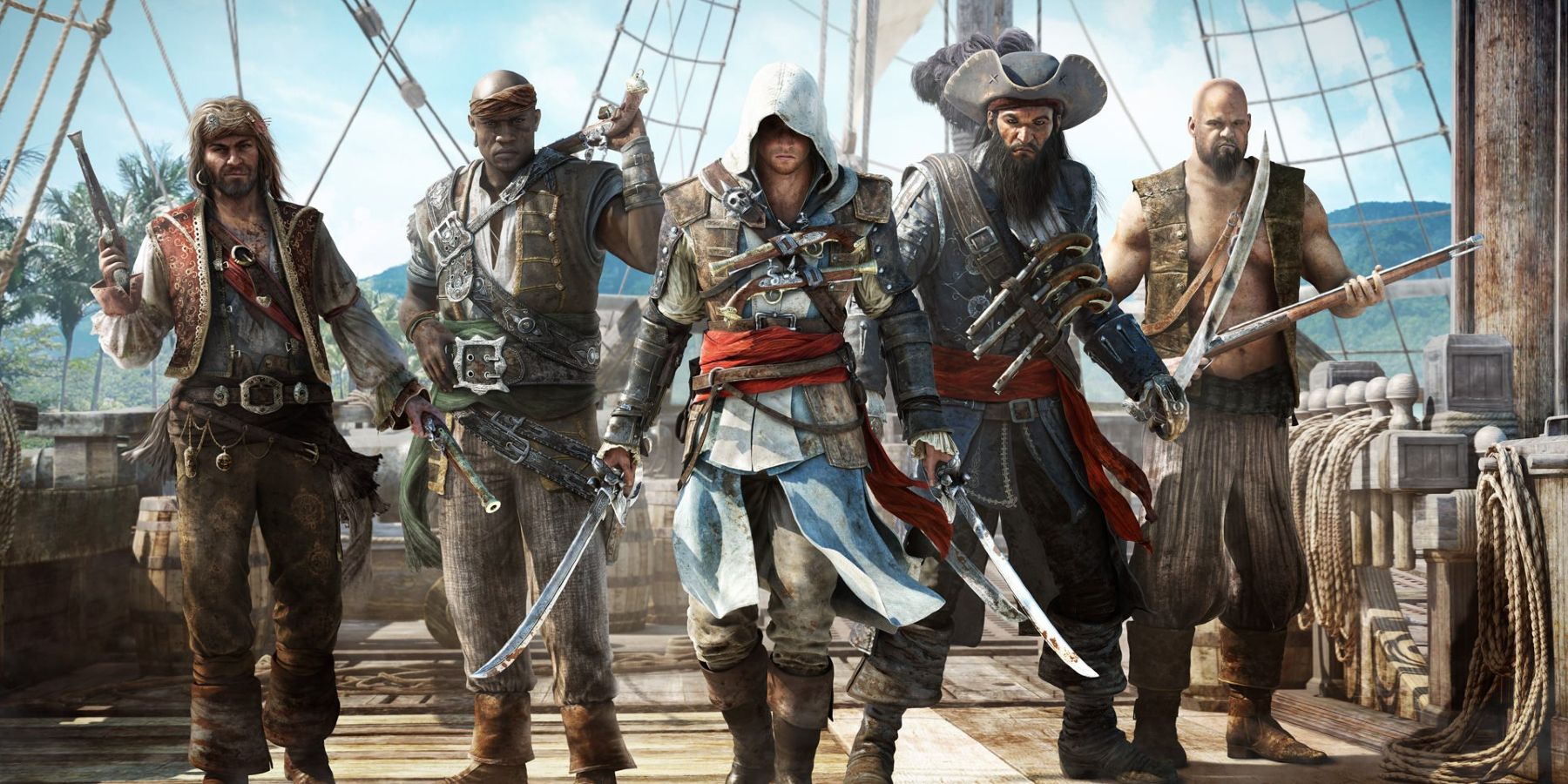Skull and Bones is Ubisoft’s upcoming open sea adventure, where players take on the role of a shipwrecked sailor who grows into a kingpin among pirates. Players will be able to craft a fleet of ships, as they level up their infamy and unlock new ship types, abilities, blueprints, and more. Already, comparisons to its primary competitor Sea of Thieves, but this is a much grittier take on the pirate genre.
Of course, Skull and Bones is not Ubisoft’s first foray into the pirate space. Assassin’s Creed: Black Flag released in 2013, and players stepped into the shoes of Edward Kenway—a lowly, shipwrecked pirate who grows his name on the seas and becomes one of its leading pirates, as well as an important figure in the Assassin-Templar War.
Because the idea for Skull and Bones originally came from Assassin’s Creed: Black Flag, much like Immortals Fenyx Rising came from Assassin’s Creed Odyssey, comparisons between the two are inevitable. They do come with a few caveats, of course, such as Skull and Bones being a multiplayer-first game and Black Flag being a single-player game, but these distinctions give Black Flag one advantage.
Edward Kenway in AC Black Flag vs. The Kingpin of Skull and Bones
In short, it comes down to character. Skull and Bones is not a narrative game, even if there are stories throughout it and an underlying theme, meaning Ubisoft has to hook players with combat and gameplay alone. That’s not a bad thing, but if someone wants a pirate narrative, they’re not going to find a strong and pressing one in Skull and Bones. Meanwhile, Assassin’s Creed: Black Flag captured the pirate fantasy through narrative and characters.
Edward Kenway is an interesting Assassin’s Creed protagonist, as he was the first to reluctantly approach the Creed. Piracy was his thing, and yet, his charm alone is up there with Ezio and Arno in the franchise. Many love Black Flag, not necessarily because of the at-sea gameplay, but because Kenway’s character was enough for players to push through to the next land part. Combine this with characters like Blackbeard, who does not appear in Skull and Bones, and others like Benjamin Hornigold, Mary Read, Anne Bonny, Jack Rackham, Charles Vane, and many more, and it’s clear that Skull and Bones is at a disadvantage here.
Black Flag lived the pirate fantasy (and Assassin one) through a take on history; Skull and Bones uses history but is not directly inspired by it. Players will meet pirates, but they seem more functional mechanic-based NPCs than living, breathing characters. Skull and Bones is relying heavily on post-launch support, ship combat, multiplayer, and infamy to build that fantasy.
One approach is not necessarily better than the other, and it’s going to come down to a matter of tastes. But put Assassin’s Creed: Black Flag and Skull and Bones side-by-side, and the fantasy aspect of the pirate life is going to lean more than toward the former than the latter, as it stands now.
Skull and Bones releases November 8 for PC, PS5, Stadia, and Xbox Series X.


